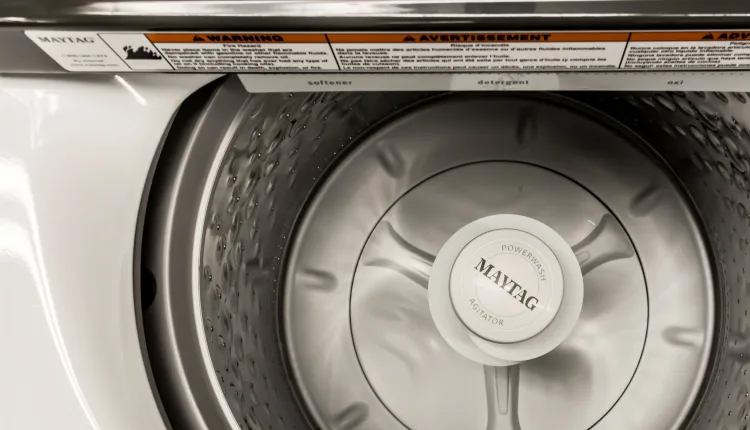In an era where household chores are revolutionised by technology, the humble washing machine stands out as a marvel of engineering, effortlessly transforming soiled garments into fresh attire through a symphony of mechanical precision and chemical ingenuity.
At its core, a washing machine operates via a programmable controller that orchestrates a sequence of cycles: filling, washing, rinsing, and spinning. Water enters solenoid valves, mixing with detergent to form a soapy solution that penetrates fabric fibres.
The cleaning magic unfolds during agitation. In top-load models, an agitator or impeller — powered by an electric motor and transmission — churns the load, creating friction that dislodges dirt, while surfactants in detergent lift stains. Front-load variants tumble clothes via drum rotation, mimicking hand-washing with gravity’s aid for gentler, water-efficient action.
Post-wash, a drain pump expels soiled water, followed by rinse cycles with fresh inflows. The finale: high-speed spinning — up to 1400 RPM — extracts moisture via centrifugal force, leaving clothes damp but drip-free.
Balancing heavy components, like concrete counterweights, ensures stability, while sensors optimise water levels and temperatures. This intricate mechanism saves time and conserves resources in high-efficiency models.


